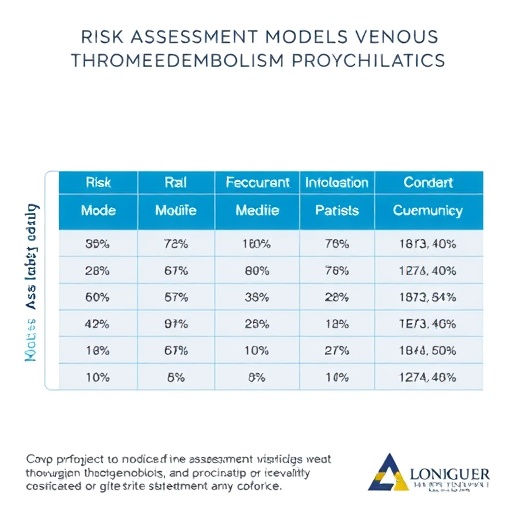Parkinson's disease (PD) is a neurodegenerative disorder that presents clinically with abnormal movement and tremors at rest. In the brain, PD is marked by the accumulation of the protein, α-synuclein (αS), into clumps known as Lewy bodies, which diminish neural health. Previous research suggests abnormal αS can alter cell membrane function and lead to cell death. Investigators from Brigham and Women's Hospital have developed a unique mouse model to induce PD-like αS aggregation, leading to resting tremor and abnormal movement control. This mouse model responds to L-DOPA, similarly to patients with PD. The research team's results on the use of this transgenic mouse model appear this week in Neuron.
"It is difficult to find efficient treatment therapies that target αS aggregation," said lead author Silke Nuber, PhD, an instructor in the Ann Romney Center for Neurologic Diseases at BWH. "Thus, it is necessary to develop mouse models that reflect the long-term changes, including Lewy-like aggregation of αS and an associated close PD-phenotype, to better understand the mechanisms that lead to the initiation of PD."
In a healthy brain, this lab first reported (Bartels et al, Nature 2011) that αS can occur normally in the form of helically folded tetramers (four units of αS wound around each other), a form that resists the aggregation that abnormal αS monomers undergo. To model the brain in PD, Nuber and her team created a novel transgenic mouse that has a tetramer-lowering mutation, which leads to αS deposits, loss of dopamine and neurotoxicity.
"With these new mice, we set out to examine the upstream role of tetramer-lowering mutations and their relevance to PD," Nuber said. "Our hypothesis was that upstream destabilization of normal tetramers to excess monomers can lead to the changes of PD."
To examine the effect of tetramer-abrogating mutations on αS pathology, the research team created multiple mouse lines with certain αS mutations that chronically decrease the tetramers, increase free monomers and lead to neuronal dysfunction and degeneration. They then compared their new tetramer-abrogating mouse to a mouse expressing normal human αS protein and a mouse with just a single familial PD αS mutation. The mice were carefully evaluated side-by-side for key biochemical, histological and behavioral characteristics associated with PD.
The new tetramer-abrogating mouse displayed key PD-like changes, including age-dependent αS aggregation in altered neurons and distinctive abnormal movements. These changes were all derived from preventing normal αS tetramer formation. These findings strongly suggest that tetramers are required for the normal state of αS in the brain. The authors conclude that it is likely that shifting tetramers to monomers can initiate PD. They also note that the phenotype was more prominent in male mice, which is reminiscent to what occurs in PD, a finding they plan to follow up on within the framework of the Women's Brain Initiative at BWH.
"We can now examine PD in a whole new light. We can think about stabilizing the physiological αS tetramer, an entirely novel therapeutic concept, as a means of preventing or delaying the onset of PD," said Nuber.
"With our lab's experience in deciphering the earliest stages of Alzheimer's disease, we decided some time ago to apply analogous approaches to the different protein abnormality occurring in PD," said Dennis Selkoe, MD, the senior author of the paper and the co-director of the Ann Romney Center for Neurologic Disease at BWH. "We believe this unique mouse model shows that the tetrameric form of αS we discovered in 2011 is necessary for normal neuronal function, so that abrogating the tetramer has direct PD-like consequences. This PD mouse model will provide a new route to entirely novel therapeutic approaches."
###
Funding for this work was provided by NIH grants NS083845 (to D.J.S.), NS 099328 (to U.D.), and NS103123 (to S.N.), and a research grant from the HNDC (to S.N.).
Nuber, Silke et al. "Abrogating Native α-Synuclein Tetramers in Mice Causes a L-DOPA-Responsive Motor Syndrome Closely Resembling Parkinson's Disease" Neuron https://doi.org/10.1016/j.neuron.2018.09.014
Media Contact
Haley Bridger
[email protected]
617-525-6383
@BrighamWomens
http://www.brighamandwomens.org
http://dx.doi.org/10.1016/j.neuron.2018.09.014




